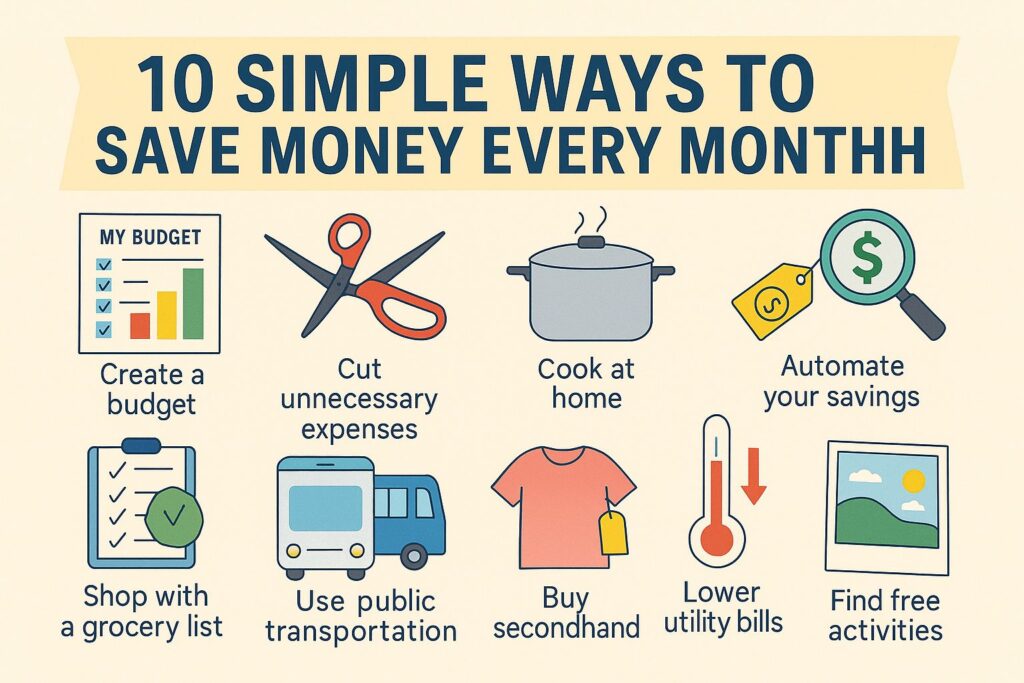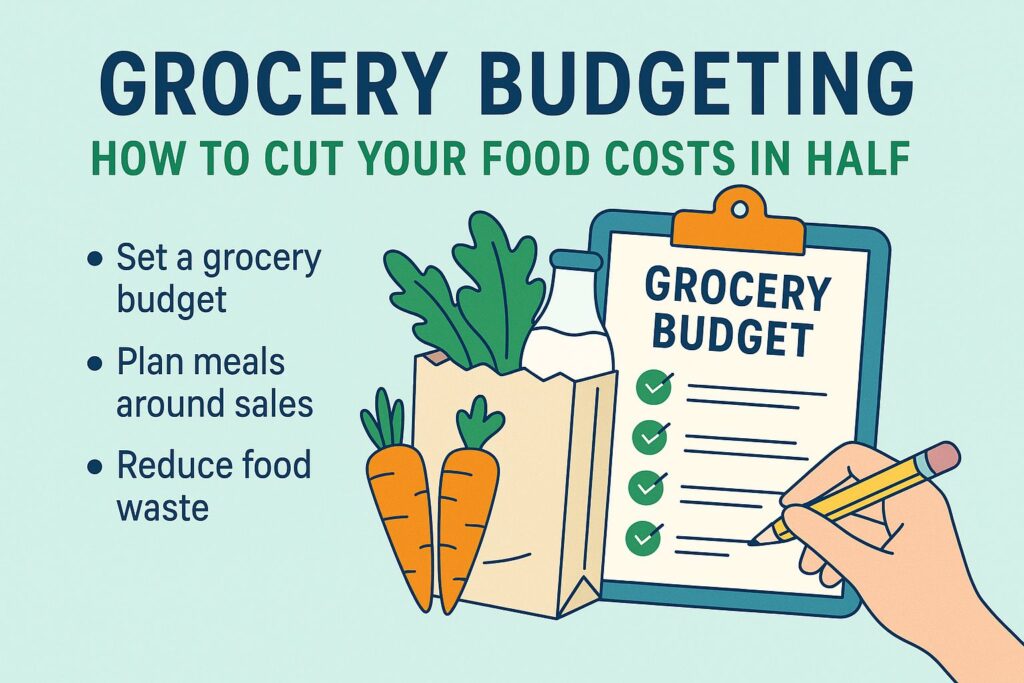Saving money is one of the most effective steps toward financial freedom, yet many Americans struggle to stay consistent with their savings goals. Rising living costs, unpredictable expenses, and lifestyle habits can make it challenging to build a solid savings habit. That’s where the 52 week savings plan comes in a simple, gradual method that can help you save a substantial amount over one year without feeling overwhelmed.
In 2025, this savings method is gaining massive popularity across the United States because it’s easy to start, adaptable to any budget, and motivating enough to keep you going all year long. In this guide, we’ll explain how it works, why it’s so effective, and how to make it fit your personal financial situation.
What Is the 52 Week Savings Plan ?
The 52 week savings plan is a straightforward concept: you save a set amount each week, increasing that amount by a small increment as the weeks progress.
The classic method works like this:
• Week 1: Save $1
• Week 2: Save $2
• Week 3: Save $3
• …
• Week 52: Save $52
By the end of the year, you’ll have $1,378 saved without feeling like you’re making a huge financial sacrifice.
Why Try This Plan in 2025 ?
In the face of rising inflation, higher housing costs, and uncertain economic trends, small but consistent savings efforts can have a big impact. The 52 week savings plan is:
• Beginner friendly – You start with a very small amount.
• Habit forming – Builds a consistent savings routine.
• Flexible – Can be adapted to your income and goals.
• Motivating – You see your progress every week.
How to Adapt the Plan to Your Budget
- Reverse Plan
Start with the largest amount (Week 1 = $52) and decrease each week. This method is great if you have more disposable income at the beginning of the year.
- Fixed Amount Plan
Instead of increasing weekly, set aside the same amount every week (e.g., $20/week = $1,040/year).
- Double Increment Plan
Double the weekly increment (Week 1 = $2, Week 2 = $4, etc.) to reach a higher savings target — about $2,756 by year-end.
Automating Your Savings
Automation removes the temptation to skip a week. Many U.S. banks and financial apps allow you to set automatic transfers to a savings account.
Popular tools in 2025 include:
• Mint – Simple, free budgeting and savings tracking.
• YNAB – Combines budgeting with savings goals.
• Qapital – Lets you set rules that trigger automatic transfers.
By setting an automated schedule, you ensure your savings grow without relying on willpower.
Potential Challenges and How to Overcome Them
• Unexpected expenses – Keep an emergency fund separate so you don’t dip into your savings plan.
• Motivation dips mid-year – Track progress visually with a chart or app.
• Variable income – On high-income weeks, save extra to cover low income weeks.
Flexibility is key. The ultimate goal is reaching your yearly savings target, not perfection.
Tips to Stay Motivated
1. Assign a purpose to your savings vacation, debt payoff, down payment, or emergency fund.
2. Use a dedicated savings account to separate funds from everyday spending.
3. Track your weekly progress and celebrate milestones.
4. Join a savings challenge group online for accountability.
Boost Your Results With Extra Saving Strategies
Pairing the 52 week savings plan with other frugal habits can multiply your results:
• Use digital coupons and cashback apps.
• Embrace thrifting and second hand shopping.
• Meal plan to reduce grocery waste.
• Cancel unused subscriptions.
• Pick up a side hustle for extra income.
Apps That Support the 52 Week Savings Plan in 2025
• Qapital – Goal-based automatic saving rules.
• Digit – Analyzes spending patterns to save for you.
• Acorns – Rounds up purchases and invests the difference.
• Chime – Automatically moves money to savings every time you get paid.
Why This Plan Works
The incremental nature of the 52 week savings plan makes it psychologically easier to commit to. You start small, so it doesn’t hurt your budget, but over time, the savings grow significantly. This gradual increase builds momentum, and by the time you reach the higher weekly amounts, saving is already a habit.
Conclusion
In 2025, the 52 week savings plan is one of the simplest yet most effective ways for Americans to improve their financial health. Whether you stick to the classic version, reverse it, or customize it for your lifestyle, the key is consistency.
Start today even with just $1 and watch how small steps can lead to big financial results by the end of the year. Your future self will thank you.
For more information and alternative saving strategies, you can check out Investopedia’s guide to the 52 week savings plan.https://www.investopedia.com/52-week-savings-challenge-5188537
Another article you can read in the Budget and Saving category.https://groviest.com/how-to-reduce-impulse-spending/


